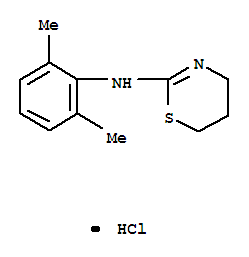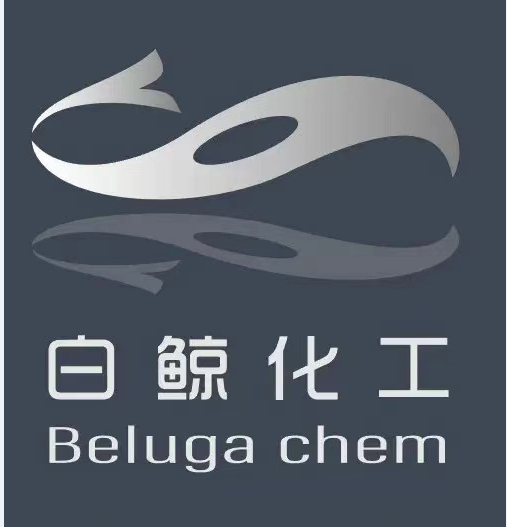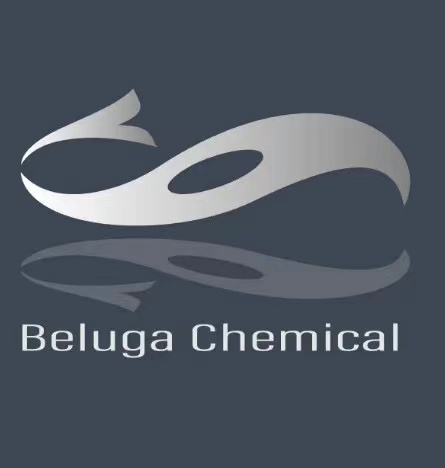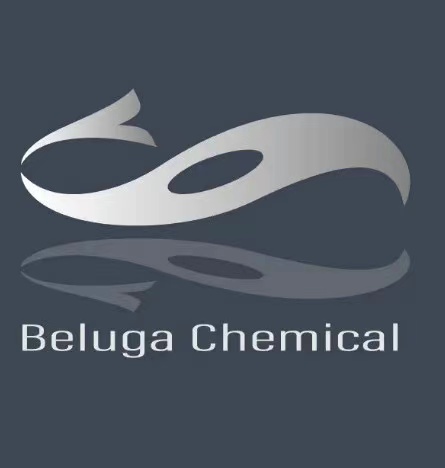
Xylazine hydrochloride 23076-35-9
- CasNo:23076-35-9
- Molecular Formula:
- Purity:
- Molecular Weight:
Product Details
23076-35-9 Properties
- Molecular Formula:C12H16N2S.HCl
- Molecular Weight:256.79
- Vapor Pressure:0.00013mmHg at 25°C
- Melting Point:150-164?C (dec.)
- Boiling Point:334.2 °C at 760 mmHg
- Flash Point:155.9 °C
- PSA:49.69000
- Density:1.15g/cm3
- LogP:3.51880
23076-35-9 Usage
Chemical Properties
Off-White Solid
Uses
Xylazine hydrochloride is α2 class of adrenergic receptor agonist. As with other α2 agonists, adverse effects include bradycardia, conduction disturbances, and myocardial depression. It is a clonidine analoque. It acts on presynaptic and postsynaptic receptors of the central and peripheral nervous systems. It is used as a sedative, analgesic, muscle relaxant. It is also used to anesthetize rats/mice.
Definition
ChEBI: Xylazine hydrochloride is the hydrochloride salt of xylazine. It is used as a sedative, analgesic, and muscle relaxant in veterinary medicine. It has a role as an alpha-adrenergic agonist, an analgesic, an emetic, a muscle relaxant and a sedative. It contains a xylazine(1+).
Brand name
Rompun (Bayer Animal Health).
Biological Activity
Xylazine Hydrochloride is a strong agonist of α2-adrenoceptor [1].xylazine hcl has been reported to stimulate the proliferation of rat thymocytes in vivo (at doses of 2.5 mg/kg and 5 mg/kg) and in vitro (at concentration of 5 mm) [2]. in the analgesic testing, xylazine has shown a significant prolongation of the analgesic effects in the presence of naloxine in 40 and 50 mins. in addition, xylazine has also shown the inhibitory effect in the mouse vas deferens bioassay with the ic50 value of 18nm. furthermore, xylazine has displayed a potent specific [3h]-dihydromorphine binding inhibition with the ic50 value of 8μm in opiate receptor binding test [1].
Biochem/physiol Actions
Xylazine is used as a sedative in goats as it is safe, active and a cheap drug. It is a centrally acting drug, which exhibits muscle relaxant and analgesic properties.
Veterinary Drugs and Treatments
Xylazine Hydrochloride is approved for use in dogs, cats, horses, deer, and elk. It is indicated in dogs, cats, and horses to produce a state of sedation with a shorter period of analgesia, and as a preanesthetic before local or general anesthesia. Because of the emetic action of xylazine in cats, it is occasionally used to induce vomiting after ingesting toxins.
Clinical Use
Xylazine Hydrochloride is an alpha-2 agonist with sedative, analgesic, and muscle relaxant properties. It is approved for use in dogs,cats,horses,deer,and elk. This agent causes vomiting in a large percentage of cats and in some dogs. Xylazine is antagonized by yohimbine. It produces effective analgesia in horses and is often used for treating the pain associated with colic and for sedation for minor procedures.It is also used in combination with ketamine for short-term feld procedures in horses,such as castration and suturing of extensive wounds,because this combination usually produces 15 to 20 minutes of recumbency. Extralabel use of xylazine for cesarean sections in cattle and other surgical procedures is common. Xylazine Hydrochloride is used in cats and dogs as a tranquilizer and in combination with other injectable agents for surgical procedures.
references
[1] s. browning, d.lawrence1, a.livingston & b.morris. interaction of drugs active at opiate receptors and drugs active at α2-adrenoceptors on various test systems[2] coli? m1, cupi? v, pavici? l, vucevi? d, varagi? vm. xylazine, an alpha 2-adrenergic agonist, modulates proliferation of rat thymocytes in vivo and in vitro. methods find exp clin pharmacol. 2000 sep;22(7):557-62.
InChI:InChI=1/C12H16N2S.ClH/c1-9-5-3-6-10(2)11(9)14-12-13-7-4-8-15-12;/h3,5-6H,4,7-8H2,1-2H3,(H,13,14);1H








